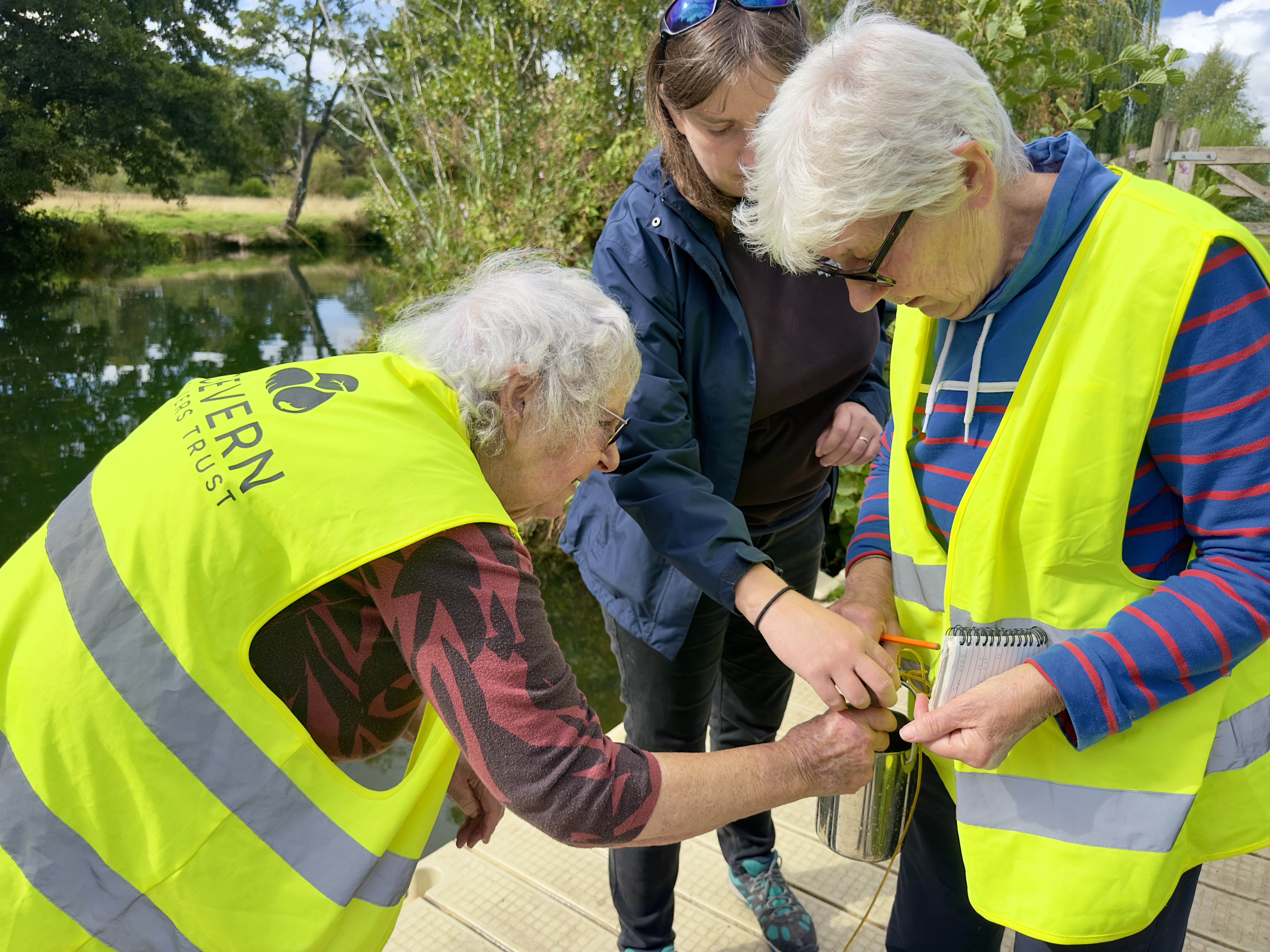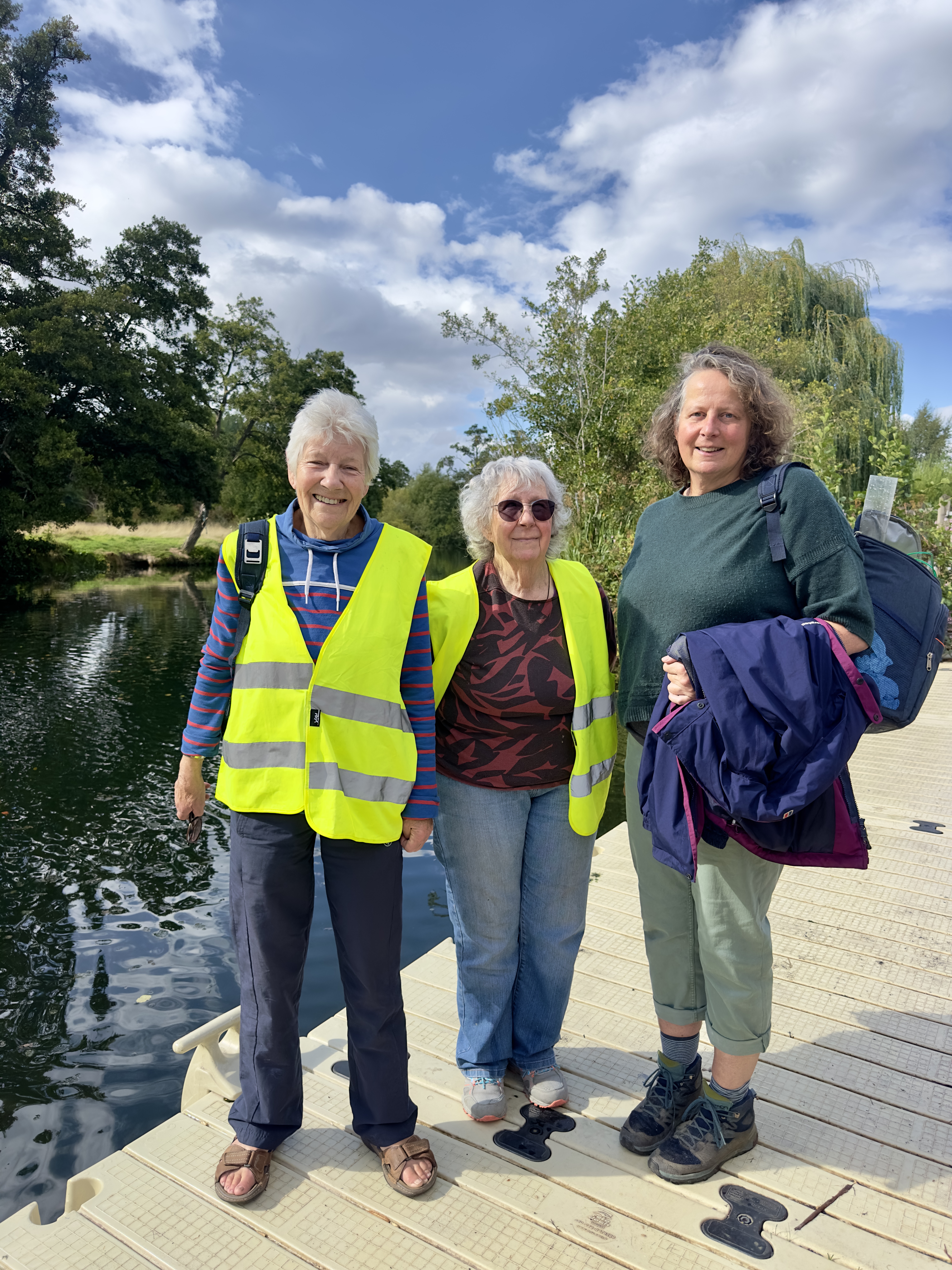Building citizen science for bathing waters on the River Teme
When the River Teme collaboration began, the question was simple: could citizen science generate water quality evidence that regulators and river users could trust?
Together, Severn Rivers Trust, Severn Trent Water, the Environment Agency and local volunteers set out to find the answer. What started as an experiment has become one of the most successful examples of partnership-led water quality monitoring in the Severn basin.

Co-designing a new way to monitor rivers
The Teme demonstrator is part of the national Catchment Systems Thinking Cooperative (CaSTCo) programme. It tested how communities, scientists and water companies could work together to collect reliable data for bathing-water investigations.
Volunteers joined a series of “WaterBlitz” days, collecting samples and helping to trial practical testing methods alongside laboratory controls. This hands-on approach built trust and consistency, helping partners understand what to use, where and why.
Water chemistry data gathered through these blitz events and regular weekly sampling is now fed directly into shared dashboards and the CaSTCo Data Hub. Together they provide a clearer picture of how water quality changes across the catchment.
From no bacteria monitoring to a thriving network
Before CaSTCo, there was no coordinated bacteria monitoring on the Teme. Today there is a trained and active network of around 80 volunteers, testing water quality at more than 75 sites and completing over 1,200 surveys.
Their evidence is helping to inform bathing-water investigations and supporting faster action when pollution occurs.
This new community is now a vital early-warning network. In one recent case, a volunteer reported a pollution incident upstream of the Ludlow bathing site. The alert was quickly escalated to Severn Trent and the Environment Agency, who investigated and acted. It showed the power of a well-connected community to protect its river.
What made it work
- Collaboration from the start. The project was co-designed by volunteers, scientists and regulators so everyone understood the goals and the methods.
- Practical innovation. New bacteria tests were trialled and refined through WaterBlitz events to identify reliable, volunteer-friendly methods.
- Data you can trust. Results are verified through comparison with lab analysis and shared through open dashboards, building confidence for partners and the public.
- Training and governance. Volunteers are now supported with strong training, clear safety guidance and representation in project governance.

Change and impact
- From 0 to 80 volunteers in two years
- 75 active sites across the catchment
- 1,200+ surveys completed and quality-checked
- Faster incident response, with reports from volunteers triggering partner action
- Trusted evidence now informing bathing-water investigations and new funded projects

Looking ahead
The blitz events identified a trusted, cost-effective bacteria sampling method which has led to a funded project with the Environment Agency on bathing-water investigations with volunteers.
The model developed here will guide future citizen-science networks across the Severn basin, helping communities and partners act quickly on water-quality issues.
The River Teme story is proof that when people, science and local knowledge come together, they can turn data into action for healthier rivers.
Read the full CaSTCo Impact Report at castco.org/impact-report

